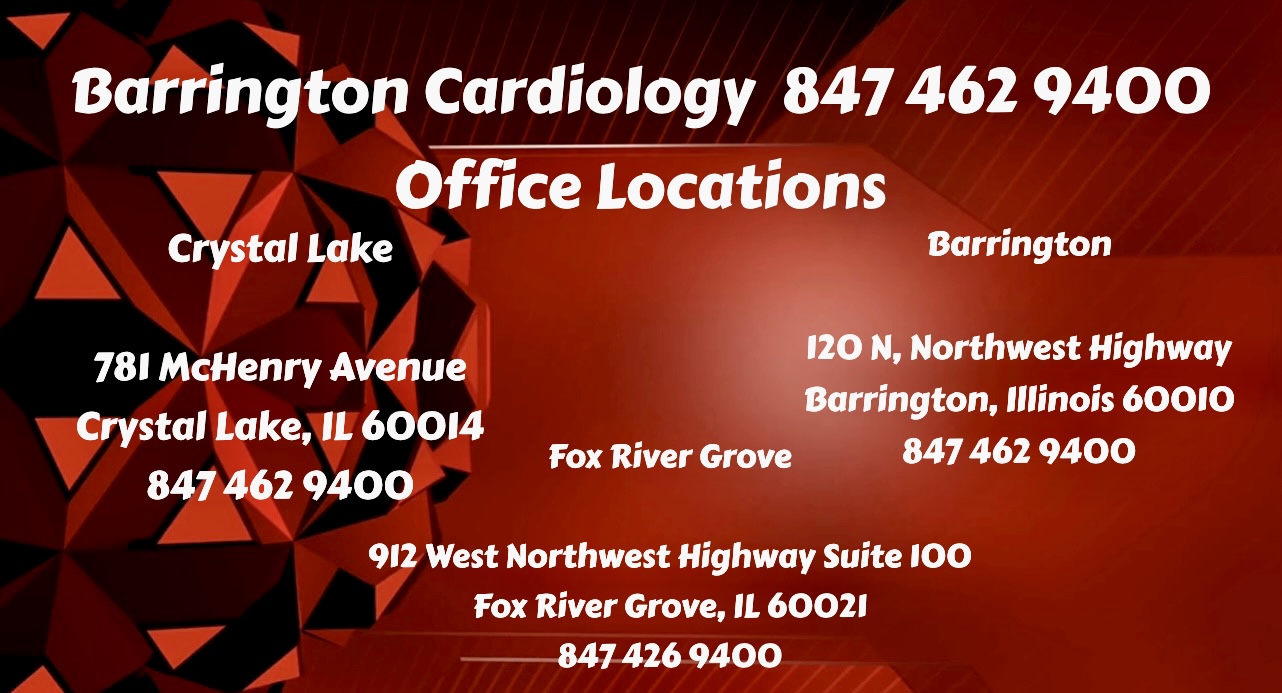-
 You will be at the office for about 2 hours
You will be at the office for about 2 hours -
The procedure takes about 30 min
-
The rest of the time involves checking in, prepping, imaging,bandaging
-
A relaxing medication is prescribed the day before by our office.Take it as prescribed
-
Shower and shave the operative leg the night before
-
Do not use lotions, creams.
-
You will need a ride to and from the office ; if you decide not to take any sedatives for the procedure, you may drive yourself
-
Bring your bandages/compression stockings
-
Take all your medications.
Procedures
 The treatment of venous insufficiency starts with Ablation of large, deeper veins: Great saphenous vein and Small Saphenous vein.
The treatment of venous insufficiency starts with Ablation of large, deeper veins: Great saphenous vein and Small Saphenous vein.
RFA ablation and Laser ablation are performed
-
The large, deeper veins are located inside your muscle, not visible to you, and detected by ultrasound.
-
These large veins should always be treated first, before the spider veins; not treating them first will lead to recurrence of the superficial, cosmetic , spider veins, in the same location or different
-
Most insurances cover these procedures, named ablations
-

Dr Staicu, ablating a vein, under Ultrasound guidance
-
Ablations are medical treatments, aiming to decrease venous complications, such as clots, celulitis, and to relieve symptoms.
-
They do not result in major improvement of cosmetic appearance, unless the disease is caught very early
The second part of the treatment consists of “cosmetic” therapy of Spider veins and Varicosities .
Procedures performed are
-
Laser cosmetic sclerotherapy
-
Chemical sclerotherapy
-
Phlebectomy
Being directed towards cosmetic appearance, these procedures are not covered by insurances

Cosmetic laser therapy, Dornier laser
Vein procedures are performed under strict sterile conditions and under Ultrasound guidance
Ultrasound imaging is locating the vein and the desired position of the catheter tip to begin the treatment
Local anesthesia is given at the point of entry into the vein, felt as a bee sting and burning sensation.

Dr Staicu locating the vein and point of entry

The ablation catheter
The catheter is inserted into the vein and advanced under Ultrasound guidance to the uppermost segment of the vein- the groin or behind the knee, depending which vein is treated

Dr Staicu, under Ultrasound guidance, giving tumescent anesthesia
Diluted anesthetic fluid is injected into the area surrounding the vein
This numbs the leg providing a layer of protection outside the vein

Ultrasound image of the tumescent fluid surrounding the vein
The catheter delivers heat (RFA) or bursts of energy (laser) to the vein wall, shrinking and collapsing the vein
RFA and Laser ablations follow the same technique, using different types of catheters. Choosing one technique over another depends on your vein anatomy, size, tortuosity. Both techniques end in the same results.

Vein ablation

Beauty Fashion